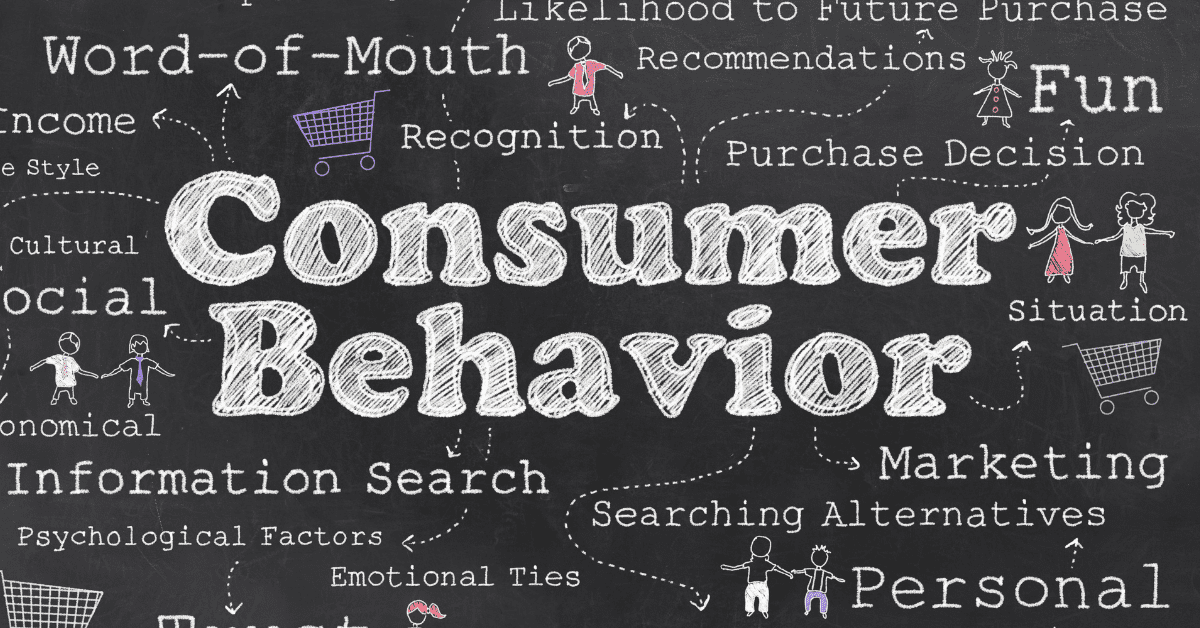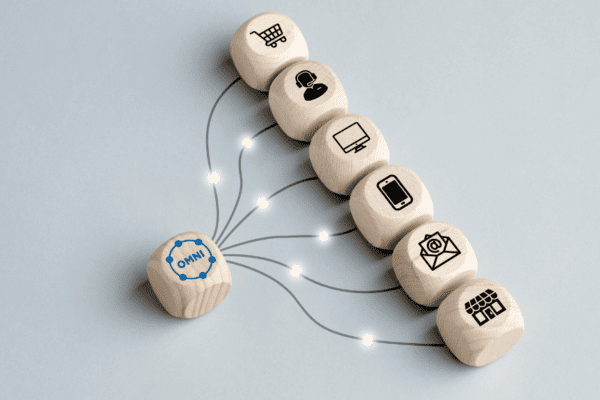
Every time a customer interacts with a brand, it sends a clear signal around who that customer is and what they like (or don’t like). At its most basic level, customer behavior data is based on collecting all those little signals in order to paint a complete picture.
However, acting on that data is a bit more complicated than collecting email addresses and sending out a message. As consumers increasingly move more of their shopping online, across multiple platforms and devices, they also expect brands to create personalized shopping experiences that simplify the buying process. By collecting customer behavior data from each of those customer touchpoints, from click-throughs to abandoned shopping carts, marketers can build bespoke experiences that turn casual shoppers into longtime customers.
What is customer behavior data?
Customer behavior data is any information a brand has that speaks to a customer’s reasons for interacting with a brand. This data can come from myriad sources, including the content a user interacts with on a website, email opens, purchase history, and even subscription cancellations.
For marketers, there are four main categories of customer behavior data:
Identity Data
This is the most basic form of customer behavior data and includes any information that reveals who a customer is on a fundamental level. Name, age, gender, and location are all important forms of identity data. Having this information reveals a great deal about customer preferences, as so much of a product’s appeal to a consumer has to do with where that person is in the world, both physically and respective to age and experience.
Engagement Data
Engagement data deals with how a customer interacts with your brand. What content did they click or share? Which emails did they open? Which engagement is more valuable and leads to conversions? Beyond revealing who a customer is, this data helps marketers understand what types of content a customer is most likely to respond to.
Behavioral Data
While engagement data can tell marketers what types of content might be appealing, behavioral data dives into how customers interact with a brand itself. Behavioral data can come from purchases and returns, but also extends to abandoned shopping carts and subscription renewal.
Attitudinal Data
Attitudinal data builds on engagement data by getting direct feedback about how consumers feel about brands and products. The most useful source of attitudinal data is consumer themselves. Asking about customer satisfaction through surveys and paying close attention to reviews and social media feedback are all important ways to discover how consumers feel about a business.
Why should marketers pay attention to customer behavior data?
Customer behavior data is the foundation of creating personalized experiences that build long-lasting relationships with customers. Knowing what moves customers down the funnel, from engaging with content to making a purchase to reviewing that purchase online, is critical for cultivating the kind of marketing strategy that not only sells products but keeps customers coming back.
Some of the ways marketers use customer behavior data to improve their marketing strategy include:
Segmenting Audiences
Audience segmentation, or breaking down customers into specific groups, is the first step toward using customer behavior data to improve your marketing strategy. Basic information like gender, age, and location is a great place to start. However, audience segmentation can be improved by any type of customer behavior data, such as customers who have just signed up for mailing lists or audiences who have made purchases based on Instagram ads.
Personalizing Experiences
As customers increasingly move much of their shopping online, they’ve increasingly come to expect more personalized experiences. And while data privacy is an ongoing source of concern for many consumers, research shows that 76 percent of consumers are willing to give up their data for greater personalization.
One of the best ways to improve personalization with customer behavior data is to simply ask. Sending a short survey about experiences or products is an excellent way to not only improve those experiences and products but also a useful source of information about what experiences and products customers might want in the future. Additionally, using data around abandoned carts and purchase history offers an excellent opportunity for predicting which products a customer might be interested in for future purchases.
Increasing Retention
Studying the behaviors of your best customers is an excellent way to understand what it is about your brand that is driving loyalty. If you have a core group of users who are engaging with content several times a week or making frequent purchases, paying attention to exactly what is engaging them and what they’re buying is an excellent way to gain insight into which pieces of content or products are appealing to which audience segments. Using that information in future marketing campaigns can attract new customers while keeping them engaged enough to become loyal fans.
Using customer behavior data to improve your marketing strategy goes beyond generating better content–Showing customers you understand their preferences is one of the best ways to show your brand cares about building relationships through customized experiences.
Intelligent tools to leverage your data
Skai empowers the world’s leading brands and agencies across industries to manage omnichannel digital marketing campaigns. Our intelligent marketing platform includes solutions for retail media, paid search, paid social, and app marketing. We’ll keep you at the forefront of the digital evolution with data and insights, marketing execution, and measurement tools that work together to drive powerful brand growth.
To learn more or to schedule a brief demo to see Skai for yourself, please contact us today.






